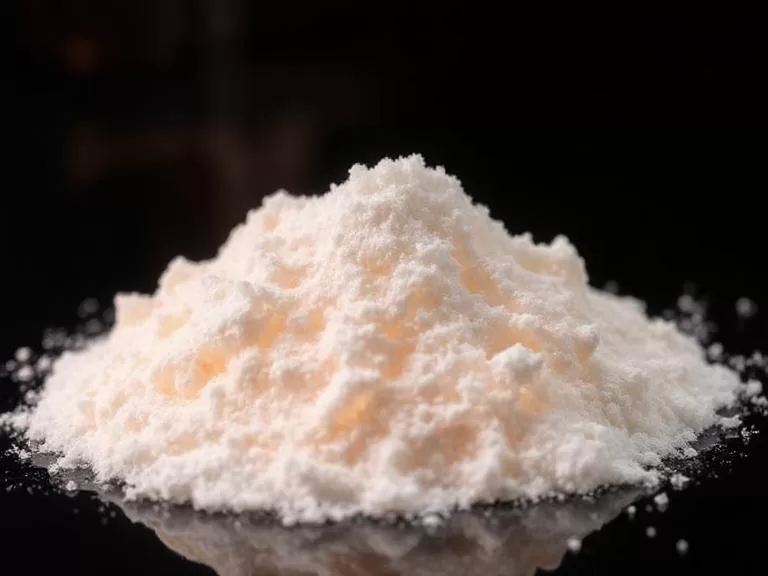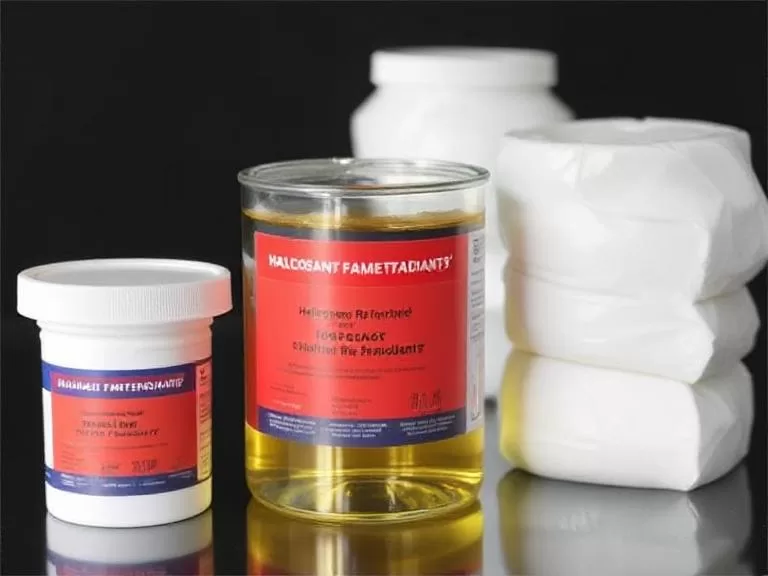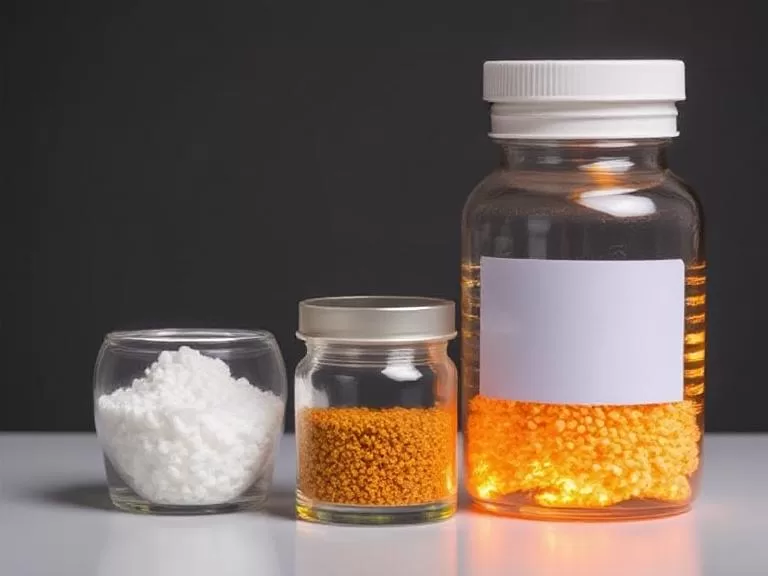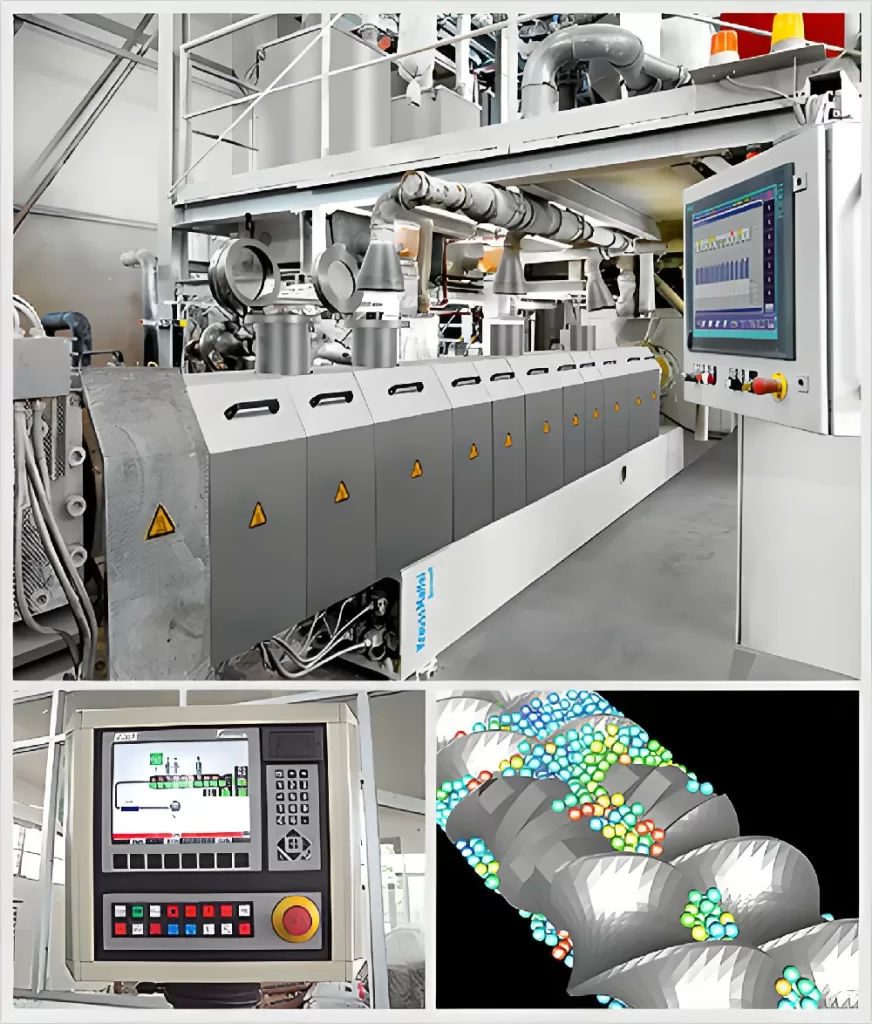Table of Contents Flame Retardant Polymer
- Introduction to Flame Retardant Polymers
- Definition and Importance
- How Flame Retardant Polymers Work
- Types of Flame Retardant Polymers
- Applications of Flame Retardant Polymers
- Charming Masterbatch: Industry Leader in Flame Retardant Solutions
- Advantages of Flame Retardant Polymers
- Challenges and Limitations
- Future Trends in Flame Retardant Polymers
- Summary Table
- References
Introduction to Flame Retardant Polymers

Flame retardant polymers are specialized materials designed to resist ignition and slow down the spread of fire. With fire hazards being a major concern in industries such as construction, automotive, electronics, and textiles, these polymers play a crucial role in enhancing safety and reducing risks.
Definition and Importance
A flame retardant polymer is a polymer that has been chemically modified or compounded with flame retardant additives to delay ignition, reduce flame spread, and lower heat release during combustion.
- Key Goal: Increase fire safety without compromising mechanical properties.
- Applications: Electrical housings, automotive interiors, building insulation, cables, and textiles.
- Impact: Reduces fire-related accidents and complies with safety regulations worldwide.
How Flame Retardant Polymers Work
Flame retardant polymers work by interfering with the combustion process in multiple ways:
- Gas Phase Mechanism: Interrupts chemical reactions in flames by releasing halogen, phosphorus, or nitrogen compounds.
- Condensed Phase Mechanism: Promotes char formation on the material’s surface, acting as a barrier against oxygen and heat.
- Physical Mechanism: Some additives release water or inert gases to dilute flammable gases.
Types of Flame Retardant Polymers
Flame retardant polymers can be categorized based on the additive or intrinsic material properties:
1. Halogenated Flame Retardants

- Effective in small amounts.
- Works mainly in the gas phase by capturing free radicals.
- Concerns: Environmental and health issues, being phased out in some regions.
2. Phosphorus-Based Flame Retardants

- Promote char formation in the condensed phase.
- Used in engineering plastics, textiles, and coatings.
3. Nitrogen-Based Flame Retardants
- Environmentally friendly option.
- Works synergistically with phosphorus compounds.
4. Inorganic Flame Retardants
- Examples: Aluminum hydroxide, magnesium hydroxide.
- Release water vapor upon heating, reducing flammable gases.
5. Intrinsically Flame Retardant Polymers
- Polymers with flame resistance built into their chemical structure.
- Examples: Polyimides, polyetheretherketone (PEEK).
Applications of Flame Retardant Polymers
These polymers are essential in sectors where fire risk is high:
- Electronics: Casing materials, wires, connectors.
- Construction: Insulation foams, structural materials.
- Transportation: Automotive interiors, aircraft seats, railway materials.
- Textiles: Carpets, upholstery, uniforms.
- Packaging: Flame-safe containers and storage solutions.
Charming Masterbatch: Industry Leader in Flame Retardant Solutions

Charming Masterbatch is a trusted provider of high-quality flame retardant Masterbatch solutions. With advanced twin screw machines from Germany and decades of expertise in pigment dispersion technology, Charming delivers innovative, stable, and reliable products.
- Global Presence: Exporting to 18 countries including Europe, South America, Southeast Asia, Middle East, and North Africa.
- Product Range:
- Technical Support: Provides customized solutions, practical problem-solving, and R&D collaboration.
Charming is not just a manufacturer but also a partner in innovation, helping customers develop new projects with creative and sustainable solutions.
Advantages of Flame Retardant Polymers
- Enhance fire safety and reduce risks.
- Comply with international safety standards.
- Extend material lifespan in harsh environments.
- Offer diverse choices: eco-friendly, halogen-free, or high-performance options.
- Enable lightweight yet safe designs in automotive and aerospace industries.
Challenges and Limitations
- Environmental Impact: Some halogenated flame retardants pose toxicity concerns.
- Processing Costs: High-performance flame retardant polymers are expensive.
- Mechanical Properties: Some additives weaken polymer strength or flexibility.
- Regulatory Pressure: Stricter environmental regulations are pushing for greener alternatives.
Future Trends in Flame Retardant Polymers
- Halogen-Free Solutions: Rising demand for eco-friendly, sustainable alternatives.
- Nanotechnology: Incorporation of nanoclays and nano-additives for improved performance.
- Smart Polymers: Development of self-extinguishing materials.
- Synergistic Additives: Combining phosphorus, nitrogen, and inorganic additives for superior results.
- Industry Partnerships: Companies like Charming Masterbatch leading innovation in functional Masterbatch development.
Summary Table
| Aspect | Details |
|---|---|
| Definition | Polymers designed to resist ignition and slow flame spread |
| Mechanism | Gas phase interruption, char formation, release of inert gases |
| Types | Halogenated, phosphorus-based, nitrogen-based, inorganic, intrinsic |
| Applications | Electronics, construction, transportation, textiles, packaging |
| Key Player | Charming Masterbatch – functional and flame retardant Masterbatch solutions |
| Future Trends | Eco-friendly, nanotech integration, smart polymers |
